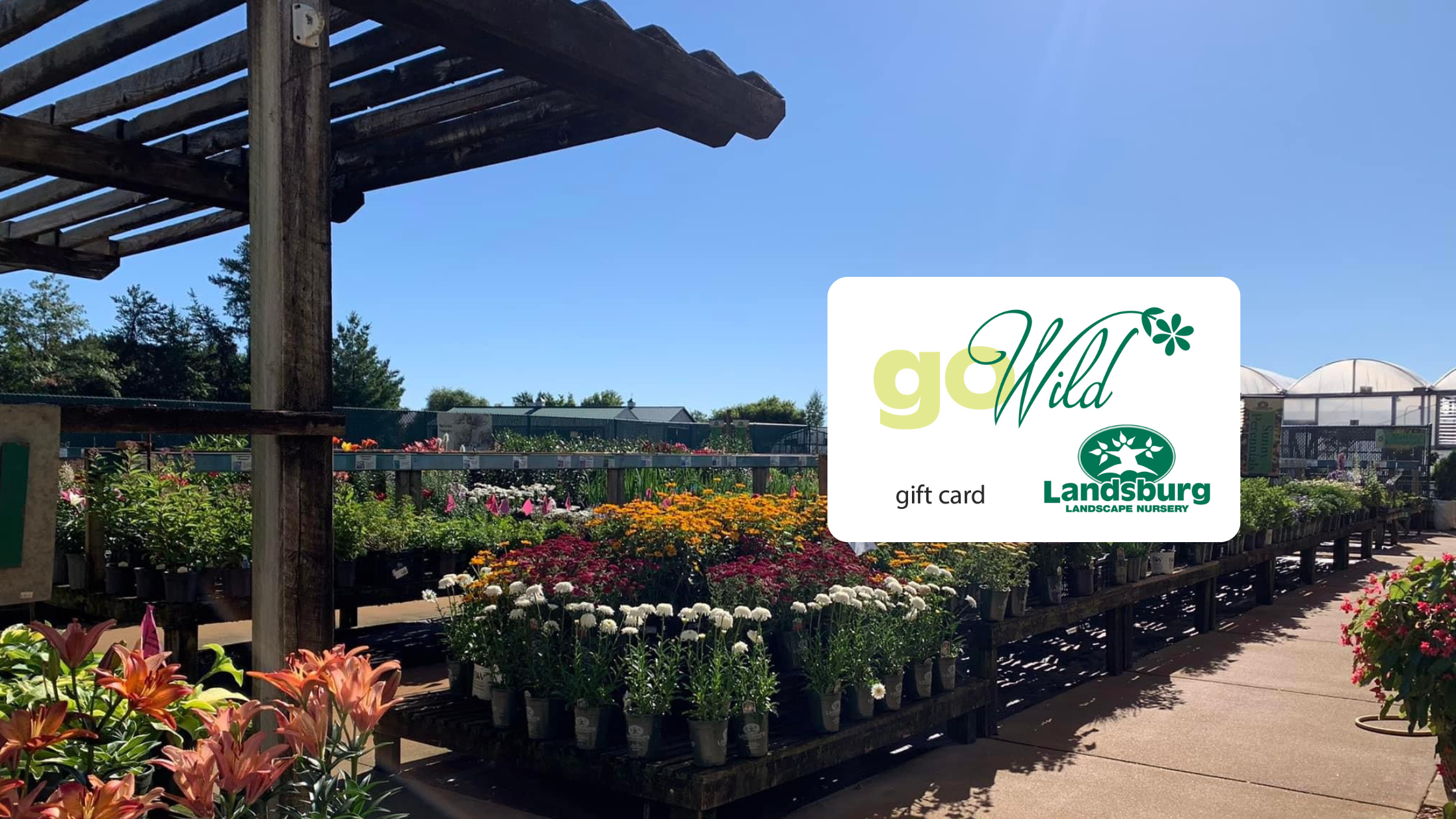

Subscribe to our e-Newsletter
Sign up to get our newsletter with specials and updates sent directly to your inbox!
Take a look at what to do these upcoming months
Gardener's Calendar
GENERAL FALL SEASON TIPS
- Plant perennials, trees, and shrubs. Fall planting gives plants time to develop a strong root system. Cooler air temps during the day allow plants to develop strong root systems, and the ground is still warm from the summer sun.
- Split and replant overgrown bulbs. Dig up the bulb after the foliage has died and allow it to dry thoroughly. After drying, bulbs can be split and replanted.
- Cut perennials to the ground after hard frost and use foliage for compost.
- Gather fallen leaves for mulch and compost use.
- Dig summer-blooming bulbs after the first killing frost and save for next planting season. For example, Gladiolas, Dahlias, Cannas, and Calla Lilies.
NOVEMBER
- Early to mid-November, cover perennials with straw to protect the crowns of the plants from alternate freezing and thawing of late fall and early spring seasons.
- Put down an inch of straw over shallow-rooted perennials to prevent frost heaving (plants being pushed out of soil by freezing temperatures).
- Plant large shade trees.
GENERAL WINTER SEASON TIPS
- Install hardware cloth or other fencing that extends above the snow level to keep animals away.
- Check perennials for signs of heaving; if this occurs, re-cover with mulch.
- Oaks, honey locusts, crab apples, pears, mountain ash, and hawthorn are best pruned now.
- Keep evergreens and shrubs free of heavy snow.
- Determine what flowers and planting techniques worked last season and plan accordingly.
